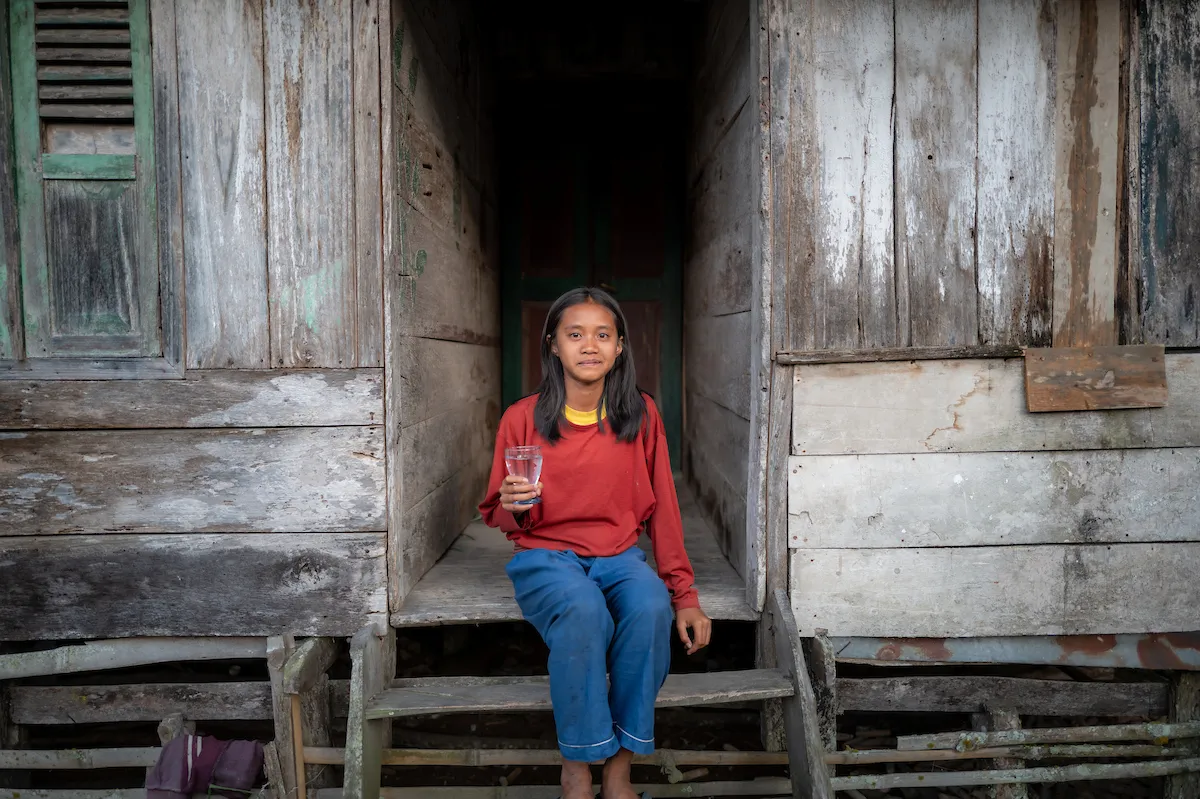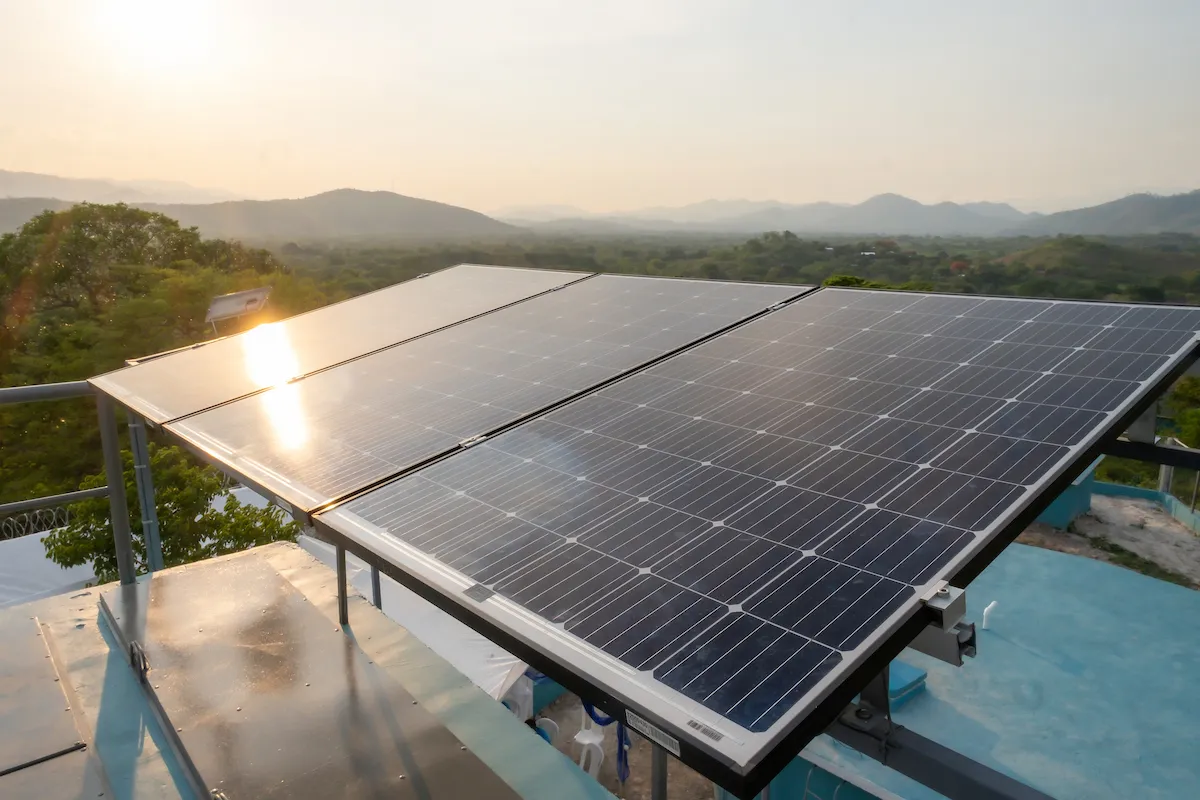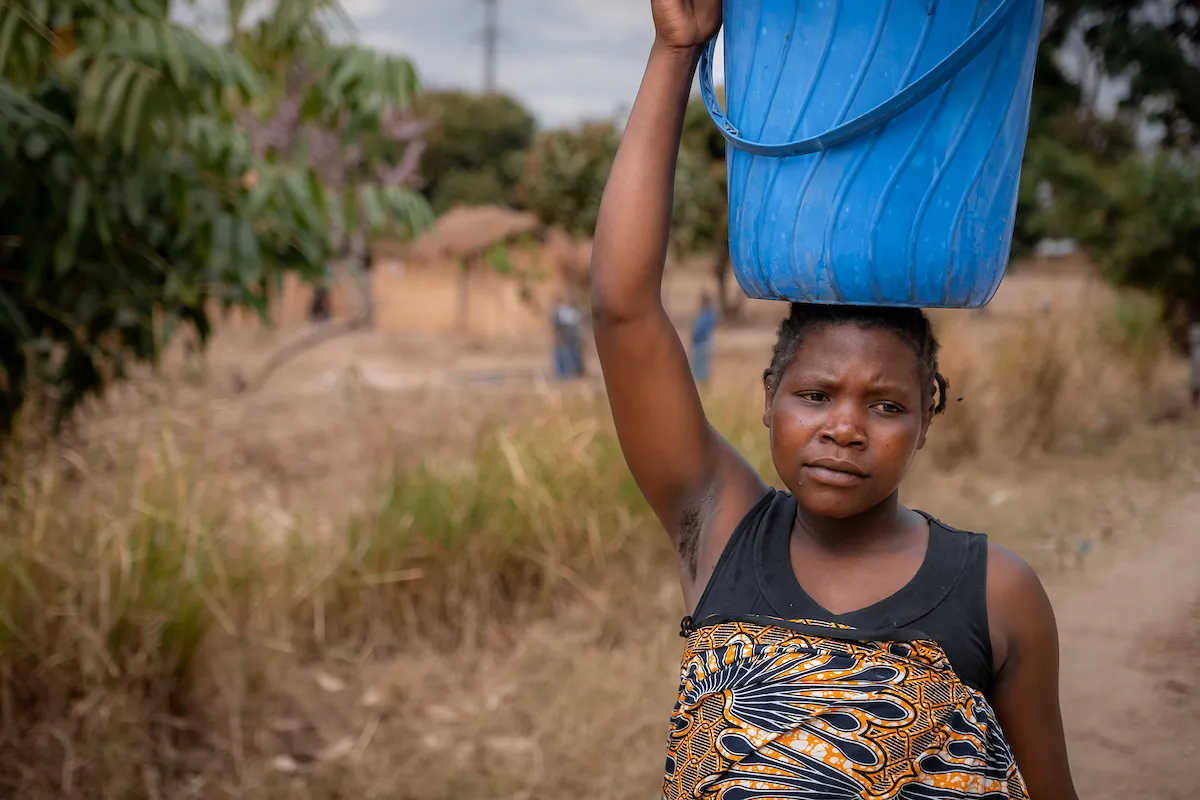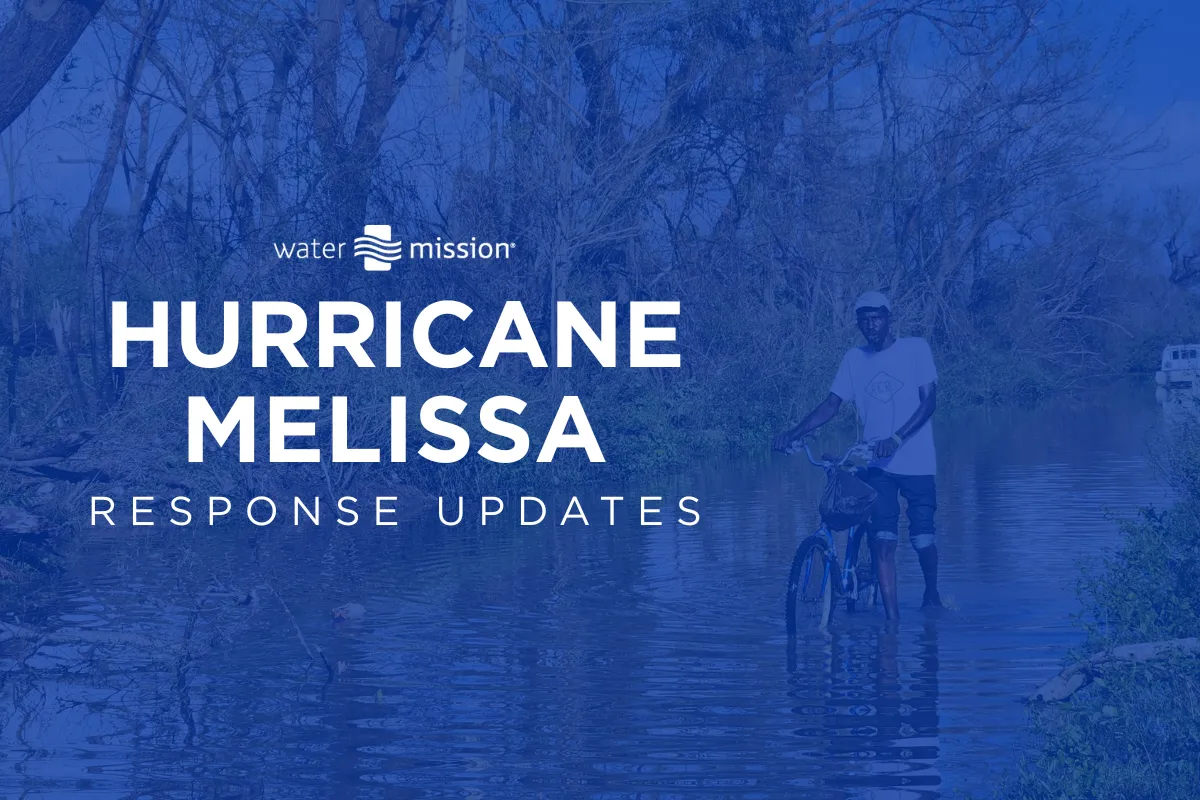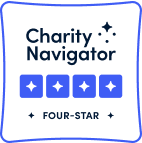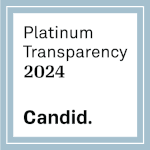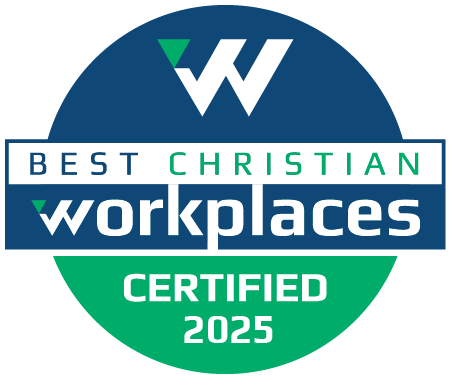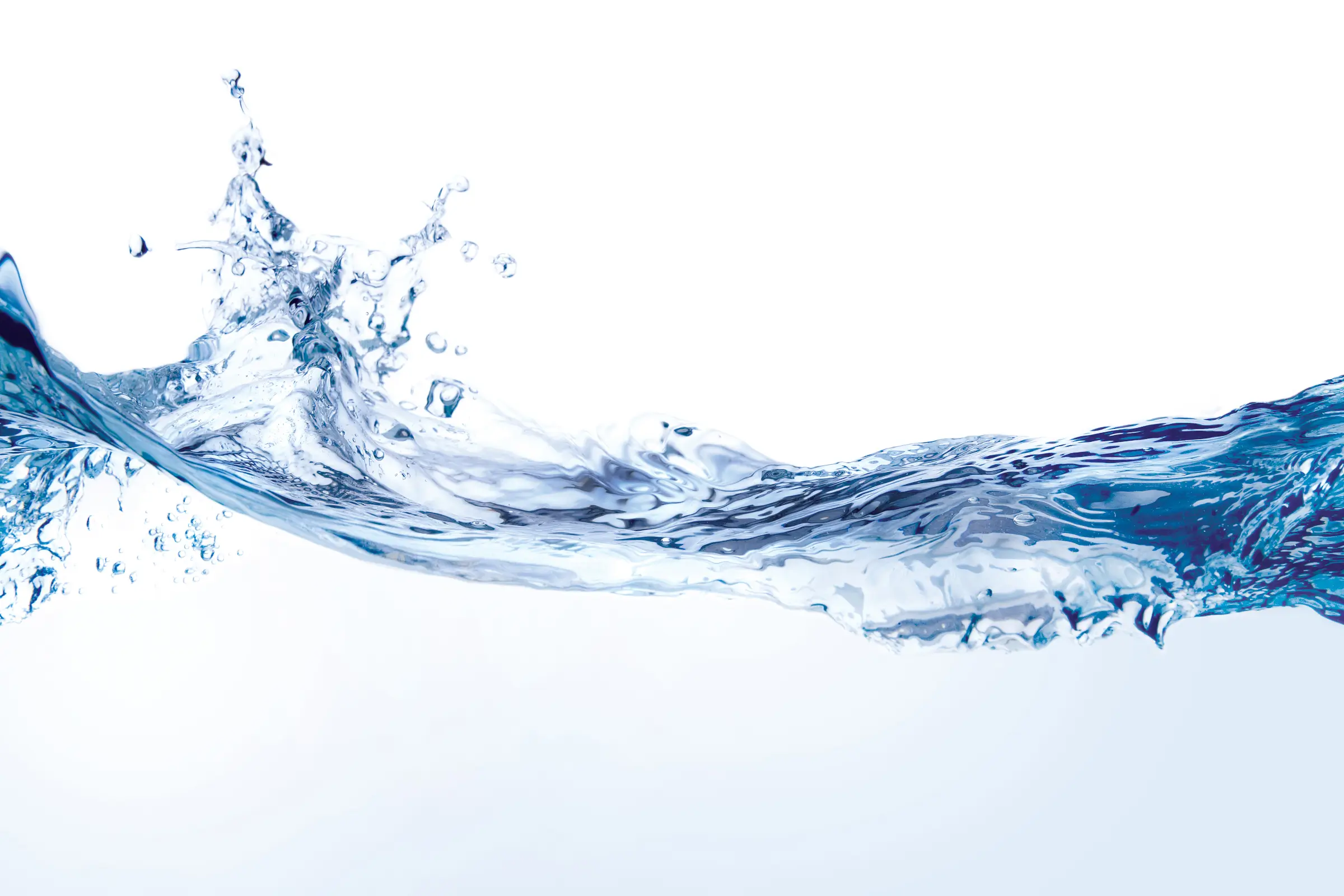Water Missions 101
1. Our Most Frequently Asked Question: "So do you guys do wells?"
More often than not, the first question people ask when we tell them about our work has something to do with wells. In fact, it seems there is a widely held assumption that a protected well fit with a sturdy hand pump is the most effective (or at least the most feasible) water supply solution for rural communities around the world. This is often the concept we see advertised or expressed by aid agencies. Developing world? No water? They need a well... Click here to read more2. How Community Water Partnerships Work
What I am about to share might surprise you, so please, continue reading for my explanation. We at Water Missions International are benefiting greatly from the people who live in the communities where we have installed water systems and latrines. From them, we have learned how to do our jobs better. Click here to read more3. WMI Explained: In-country Programs
You’ve heard us talk about Water Missions International (WMI) in-country programs and staff members around the world, but what does that mean? Let us explain. Click here to read more When a disaster strikes, aid organizations around the world quickly mobilize to bring supplies and help with recovery efforts. However, these actions are rarely as simple as they might seem. Click here to read more5. Haiti: Transitioning Disaster Recovery to Community Building
After the devastating earthquake of 2010, Haiti struggled to rebuild. Crumbled houses and institutions led people to flock to open spaces to set up camp. Such overcrowded areas lack adequate sanitation and water systems, presenting an enormous threat for water-related illnesses to rapidly spread. Cholera, a deadly disease spread primarily through drinking water, did just this. Dauphine, a community located along the shores of the river Artibonite, was at the epicenter of the outbreak. Click here to read more6. How To Build A Healthy Latrine
We’ve shared about what goes into our community-based projects and disaster response approach, so in honor of the beginning of this newest project we thought we would to break down how we build sustainable sanitation. Click here to read more7. Transforming the Business of Water: The TradeWater Program
You’d be hard-pressed to find an engineered system that wasn’t designed, at least in some aspect, to protect against human misuse. It doesn’t matter how the structure/device/material/process is supposed to work; if it isn’t “fool proof” people will find a “creative” use for it – that is, if they don’t break it first. It’s for this reason that engineers are often compelled to venture outside of their comfort zones and think like sociologists and psychologists in order to better understand the customers for whom they are designing. When it comes to the WASH (Water, Sanitation and Hygiene) sector, the technical minds have actually had to pitch a figurative tent and take up permanent residence outside of that comfort zone…Click here to read more Water Missions International has seen first hand the difference safe water access can make, but we’ve come to understand that this provision is only the first step to a healthier life. Click here to read more9. eMpower = Solar Energy Charging Mobile Phones
Sustainability is not a word that we take lightly. At Water Missions International, we’re committed to it. We also think that the best solutions for providing sustainable access to safe water are yet to come. This is why we are committed to never settling for a one-size-fits-all solution, and why we’re committed to developing new ideas in order to better meet the needs of communities without access to safe water. Click here to read more10. Back to School: Safe Water and Its Role in Education
In the United States, parents rarely have to worry about whether a child’s basic needs will be met during the school day. They have the luxury of knowing that their child will spend the day learning everything from the ABCs to Shakespeare’s sonnets, and the facilities can provide them with food, water, and adequate sanitation. Click here to read more Have any questions about these posts or anything else? Let us know in the comments below!Related Impact Stories
